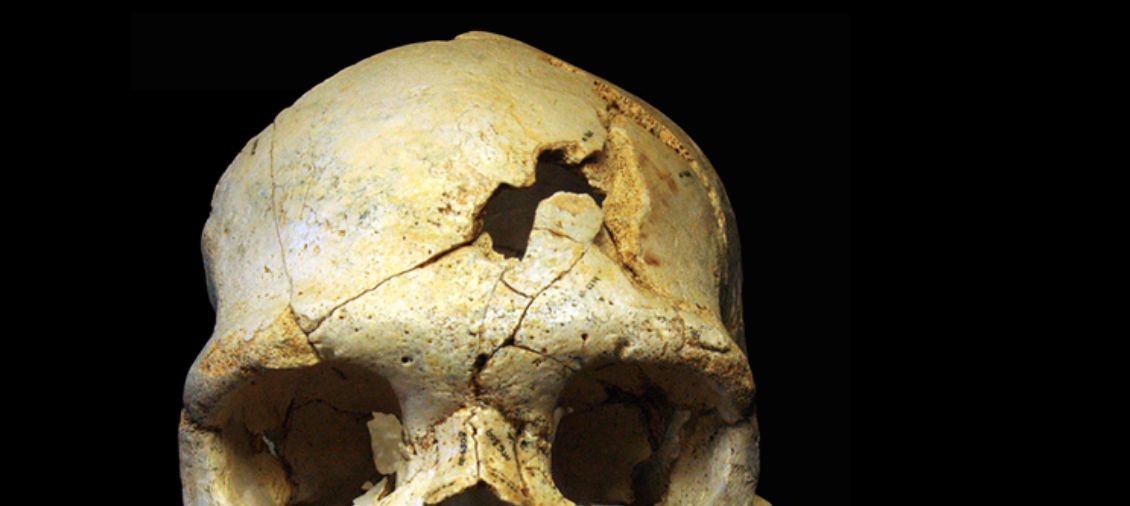New Scientist
Image: 2015 Sala et al.
It’s the coldest of cold cases: a forensic analysis suggests that an ancient human who lived 430,000 years ago died as the result of a deliberate attack by a right-handed assailant armed with a spear or hand axe. The crime is the earliest evidence of human-on-human violence in the fossil record – and the way the body was found strongly suggests that hominins were engaging in funerary rituals hundreds of thousands of years before our species evolved.
No fewer than 28 hominin skeletons have been recovered from the Sima de los Huesos site in the Atapuerca mountains of northern Spain. An analysis of DNA pulled from one skeleton suggests the tribe may be ancestral to both the Neanderthals and their east Eurasian contemporaries, the mysterious Denisovans![]() .
.
One of the skulls is interesting for another reason: it has two large holes on the left side of the forehead. Nohemi Sala from Complutense University of Madrid, Spain and her colleagues used forensic techniques to work out how the holes formed. The skull is in 52 pieces, but while most of those fragments have edges that are perpendicular to the surface of the skull – typical of the way dry bone fractures long after death – the edges of the holes in the forehead were oblique in a way that’s more consistent with a fresh bone fracture.
What’s more, both holes were roughly the same size and shape – and both had a distinctive “notch” at a similar location in their outlines. That suggests the holes were injuries sustained close to the hominin’s time of death and involving repeated blows from the same object. Read more on newscientist.com…








